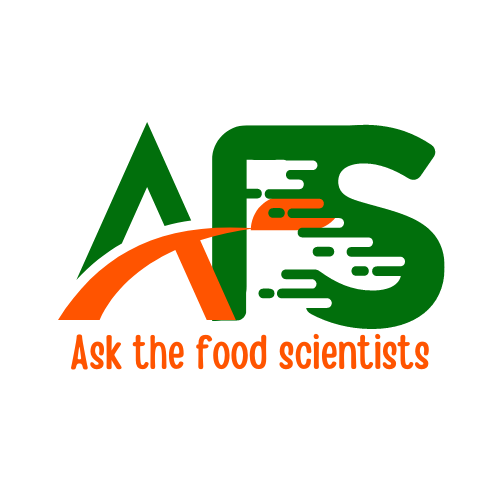I am healing from a kidney condition that required 2 yrs daily dialysis – I shocked my team with my numbers and am now dialysis free! Upon my own research past year, my issue still requires minimal nitrogen in my food. I at present I mostly consume liquid egg whites from kirkland cardboard containers for main protein. It says 3 tbs = 5g protein. Based on how nitrogen is calculated in a food I reversed the equation which looks something like this:
5g protein ÷ 6.25 = .8 approximate amount of nitrogen one serving. Is that right???
Is there any source of protein that I can consume where most of the nitrogen is already removed aside from purchasing from one of the three main ketoanalogue companies? I just want to keep improving.
I also eat organic tofu but am curious how is the high nitrogen level as compared to meat or cheese. Is nitrogen only about the amount of protein or is there a different affect from animal vs plant? Or is nitrogen just nutrogen no matter what the source? Thank you so much$!
Though this comes late, congratulations on your progress towards healing from your kidney condition and becoming dialysis-free!
To answer your question, yes, your calculation is correct. The conversion factor used to calculate the amount of nitrogen in a protein-containing food is typically 6.25. This means that to determine the amount of protein in a food, you can multiply the amount of nitrogen by 6.25.
Using this conversion factor, if 3 tablespoons of liquid egg whites from Kirkland provides 5g of protein, then you can calculate the amount of nitrogen as follows:
5g of protein / 6.25 = 0.8g of nitrogen per serving
So your approximation of 0.8g of nitrogen per serving of liquid egg whites from Kirkland is correct.
There are several sources of protein that are naturally lower in nitrogen and may be suitable for a low-nitrogen diet. Here are a few options to consider:
- Plant-based protein sources: Plant-based proteins such as legumes, tofu, tempeh, and quinoa are generally lower in nitrogen than animal-based proteins. However, it’s important to note that some plant-based proteins may still contain significant amounts of nitrogen, so it’s important to check the nutrition labels of these foods to ensure they meet your dietary needs.
- Fish: Some types of fish, such as cod, tilapia, and flounder, are lower in nitrogen than other types of animal-based protein. However, it’s important to limit your intake of fish due to potential contaminants like mercury and PCBs.
- Dairy: Low-fat or non-fat dairy products such as milk, yogurt, and cheese may be lower in nitrogen than other types of animal-based protein. However, it’s important to limit your intake of dairy if you have any lactose intolerance or sensitivity.
- Egg whites: As you mentioned, liquid egg whites can be a good source of protein that is lower in nitrogen than whole eggs.
Nitrogen is an essential component of all proteins, and the amount of nitrogen in a food is typically related to the amount of protein it contains. However, the nitrogen content of a food can also be affected by other factors such as the processing method and the presence of other nitrogen-containing compounds.
In general, plant-based proteins such as tofu tend to be lower in nitrogen than animal-based proteins like meat or cheese. This is because plant-based proteins generally have a lower proportion of essential amino acids, which are the building blocks of protein and contain nitrogen. However, it’s important to note that there can be significant variation in the nitrogen content of different types of tofu depending on how it is processed and prepared.
When it comes to the effect of nitrogen on the body, there is generally no difference between nitrogen from animal vs. plant sources. Nitrogen is a basic component of all proteins, regardless of whether they come from plants or animals. However, the specific amino acid profile of different protein sources can affect how they are utilized by the body and their overall nutritional value.
